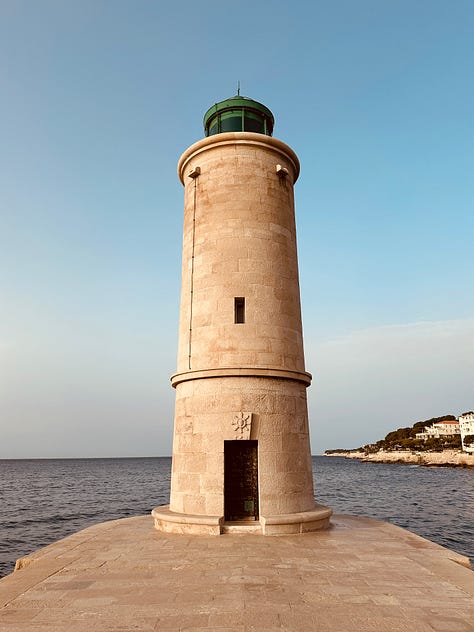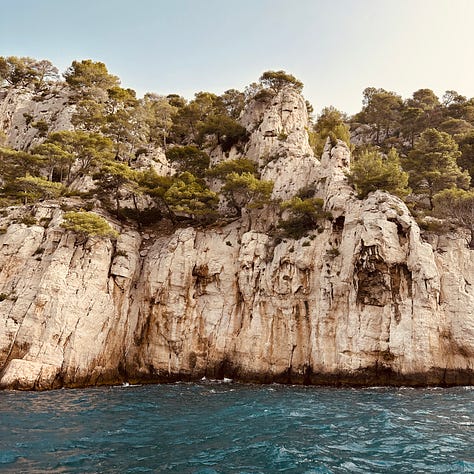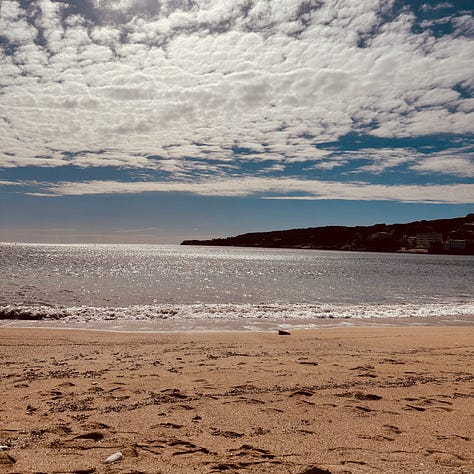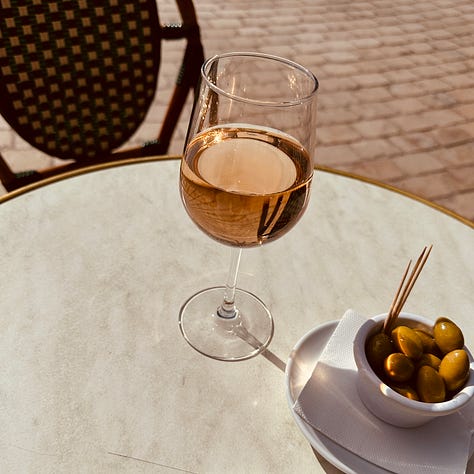Writers on Cassis
Virginia Woolf first visited Cassis in 1925. She wrote of her stay, “Nobody shall say of me that I have not known perfect happiness.” She went on to say it was a place of “heat and light and colour and real sea and real sky…”
I can imagine the Cassis of 1925 was a charmer. A village that catered to more locals than tourists. Streets devoid of kitschy souvenir shops and over-priced boutiques and sub-par restaurants pilfering the pocketbooks of view-seeking weekenders. I’m not painting a pretty picture of the Cassis of today, am I?
We arrived on a Sunday, people like sardines in a tin.
Let’s try again…
To wander through the tangle of colourful, tight streets, away from the waterfront, is delightful. To sit on the pebbly beach (with a pastry, naturally) and look out at the green-hued sea, diamonds on water, is cathartic. To wash down oysters, fresh from the sea, with a glass of rosé juiced from local grapes is hedonistic. To witness the sun rising over the hill behind the town is as poignant as a painting.
Virginia was right about the colours and the light and the sea and the sky. There’s also the wind. Which, at night, rattled my shutters and shook my windows and made music with the masts in the port. And, by day, toppled glasses from tables and stacked-too-high boxes from deliverymen’s carts. It’s playtime for the Venti — the Roman wind spirits.
Did I mention? Cassis was once a Roman port.
The sea had been rough and a boat trip to see the Calanques was exhilarating, life affirming. The cliffs of the Calanques shape a series of hidden, turquoise coves between Cassis and Marseilles. Arthur Rimbaud called them: the “secret rivers of Cassis”. On either side, long rocky fingers, studded with crooked trees, reach into the sea.
Simone de Beauvoir was known to walk the trails atop them, calling it a countryside that “held promise of glinting secrets” and where “each walk was a work of art.”
Once the tourists faded away, I felt the secrets too.













